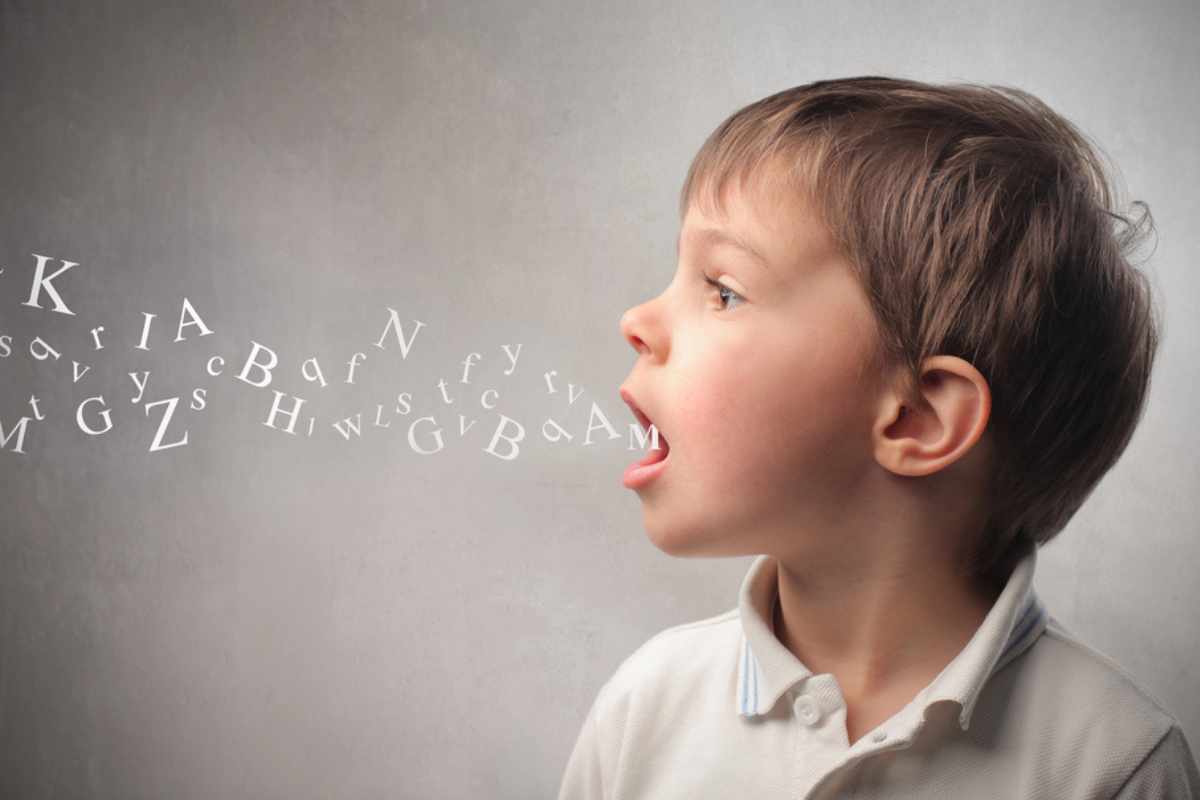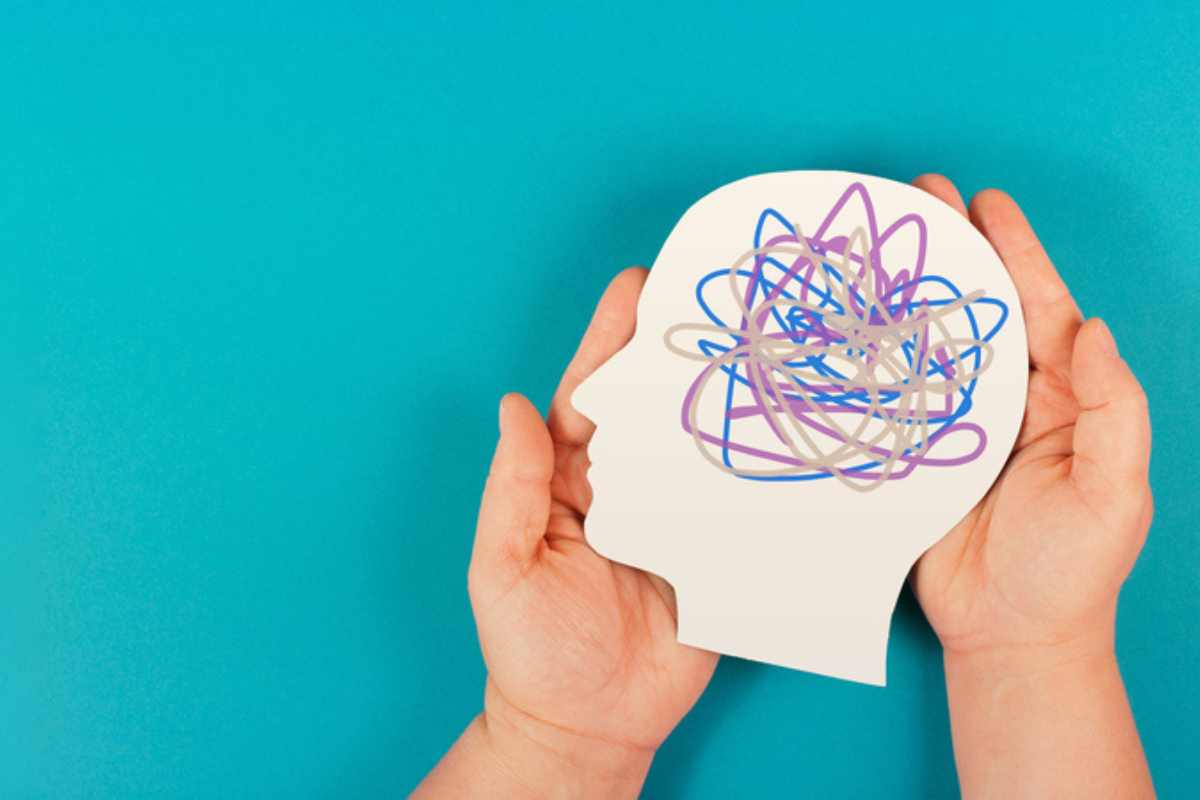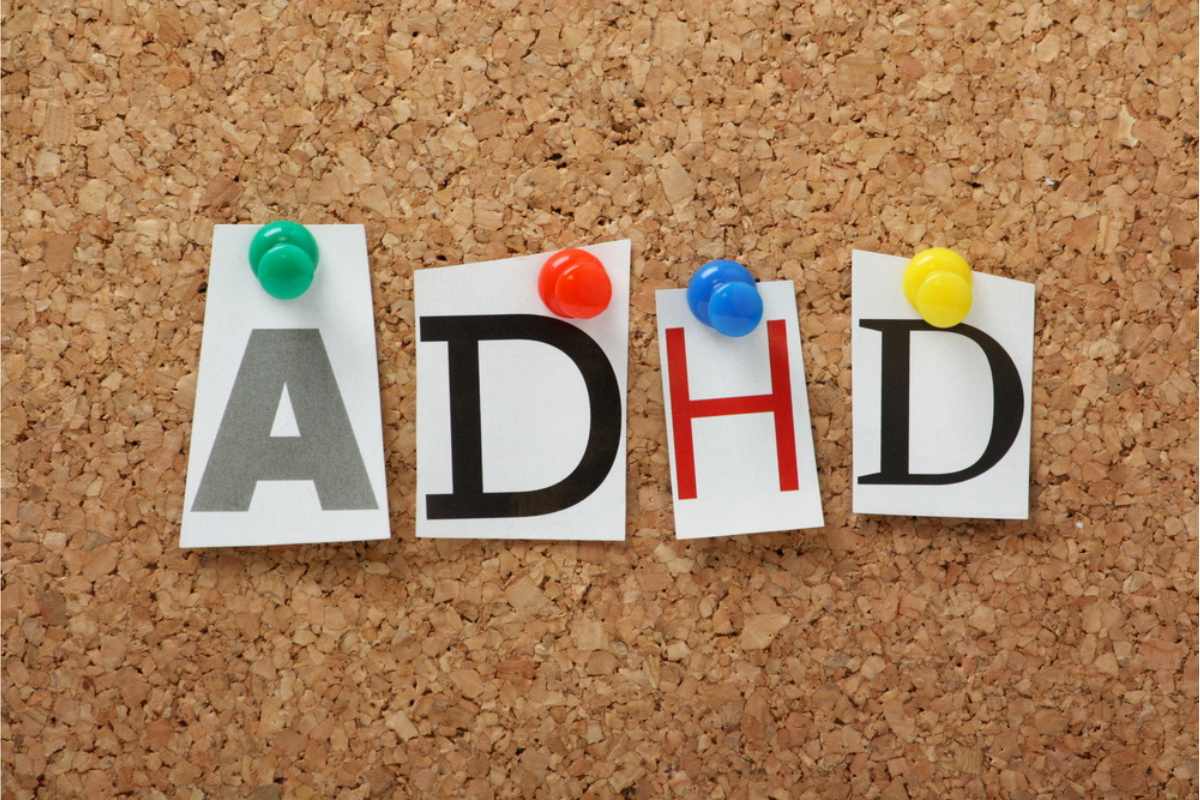April 27, 2024
How to Communicate Effectively with Your ADHD Child and Support Their Self-Esteem
Written by Rachel Eddins
Posted in ADHD/Autism, Parenting & Family and with tags: ADHD, Communication, children

Effective Communication Strategies for Parents of Children with ADHD
Communicating effectively with a child diagnosed with ADHD can sometimes feel like navigating through rough waters. To communicate effectively, it is important to recognize that what may work for you or another child, may not work for a neurodivergent child.
Rather than getting frustrated, understanding where your child is coming from and how their brain prefers to process information can help.
Since every family dynamic is unique, consider these strategies as tools for exploration rather than rigid guidelines. You may find that some methods of communication work better than others in getting your child’s attention.
The first step is understanding where they are coming from.
Understanding ADHD: Recognizing Signs and Executive Functioning Challenges
ADHD encompasses a range of skills related to executive function. Children with ADHD often grapple with more than just hyperactivity; their executive functions, responsible for managing conversations and impulse control, may be underdeveloped.
ADHD typically involves a 3-year delay in brain maturation. Thus, expecting your child to behave or respond like a sibling or child of a similar age might not be realistic or possible.
Only 1/8 of ADHD symptoms are visible on the surface! Most of your child’s symptoms are hidden below the surface and are due not to defiance or laziness, but rather, the difference in how their brain is wired, particularly with respect to executive functioning.
The differences in executive functioning can contribute to many communication challenges you may experience with your child.
Executive functioning, the area of the brain most impacted by ADHD, includes:
- Emotional regulation (does your child experience temper tantrums or lose their temper easily?)
- Prioritizing and organizing tasks (does your child avoid tasks?)
- Working memory and recall (does your child forget things?)
- Alertness, activation, and effort (does your child give up on tasks quickly?)
- Impaired sense of time (do you have frequent arguments about homework or waiting until the last minute? Getting out of the door in the morning?)
- Poor written expression, listening, and reading comprehension
- Difficulty rapidly putting words together (does your child get frustrated when asked questions?)
- Inattention (does your child seem distracted when you are talking to them?)
- Difficulty describing the world in WORDS
- Impulsivity (does your child interrupt or talk over others?)
- Low frustration tolerance (does your child speak or act before thinking?)
**Note: ADHD represents a spectrum of symptoms and each individual will present a unique cluster of symptoms.
Communication behaviors you might observe include:
- Blurting out answers without raising hands
- Not listening when spoken to directly
- Talking excessively
- Interrupting conversations
- Frustration or avoidance in response to direct or multiple questions
- Saying things out loud that others filter – sounding “rude” or inappropriate
As you can see by the examples above, it is NOT your child’s fault that communication can be challenging (nor yours as a parent!)

Communication Strategies to Support an ADHD Child
1. Break big things down into small chunks or step-by-step instructions.
Organizing and prioritizing are common executive functioning challenges. If you tell your child, “Clean your room”, this can leave them feeling overwhelmed and either ignore you, avoid it, fight back, or shut down. The task is too big. Or, they may start to clean their room, then get distracted by….
Rather, try saying something specific such as, “Pick up your dirty clothes off the floor.”
Break down instructions into short steps. For example:
- Put your trucks into the bin
- Put the bins on the shelf
- Put the legos in the basket
This works for older children and teens as well.
2. Create routines, habits, and structure: use images as reminders.
Remember, ADHD can impact working memory. The more you create habits and routines, the easier it is for your child to remember what to do without lots of verbal instruction.
Rather than repeating the same battle every morning or evening, try listing the steps in your routine using images. Post your visual checklist where your child (or teen) can see it every morning or evening. (Ie., picture of toothbrush next to “brush teeth”.
For an older child, you might use words and not images on a visual list by the door in their room with all the important things to remember before leaving their room in the morning (ie., grab soccer cleats).
Create habits by doing the same things in the same order each day. For example: eat breakfast, brush teeth, comb hair. Every day it’s the same so it’s one less stress on executive functioning.
By helping your child build habits and routines, you are also helping to INCREASE their executive functioning skills.
3. Provide frequent breaks.
This helps with alertness, effort, and distractibility. Just keep the breaks SHORT and non-stimulating (ie., no video games or screens).
When working on homework, for example, set a focus timer, then allow 5-10 minutes to stretch and take a break before returning to the task.
4. Get your child’s attention, gradually.
When you want your child to listen to something important, speak in short sentences, get on their level, and engage in eye contact. This will help with distraction and aid in listening. It can be helpful for your child to have something to hold onto such as a fidget item.
Avoid yelling from across the room. Wait for a natural pause in what your child is currently engaged in before communicating. Remember, it’s hard for your child to rapidly shift focus. Give them some time.
5. Find and communicate the positives as often as possible!!
First, building a positive parent-child relationship is key to communicating with your child. Especially considering children with ADHD are more likely to be instructed, redirected, or yelled at for responding/behaving differently than others.
FIND opportunities and examples of your child doing well and point them out frequently, even if they are sandwiched between an anger outburst and forgotten homework.
Did your child remember to set the table for the family without any prompting? Praise them for this! “Thank you for remembering to set the table without me reminding you.”
You’re reinforcing the executive functioning skills your child is working on building while fostering connection.
6. Give your child your undivided attention.
Listen to your child and give them your undivided attention (ie., put away your screen). Your child needs to be heard as well. Investing time to listen to your child and nurturing your relationship can increase your child’s willingness to communicate with you.
Ask about their interests in playful ways. Express interest in what they are doing. Focus on action vs conversation such as “show me”, “let’s play…”
7. Use fewer words.
When communicating with your child, especially something you need them to pay attention to, use less words. Lots of words and talking could overwhelm some children.
Say your most important statement first. Avoid peppering them with questions.
8. Communicate frequently.
Engage in communication with your child often. While you may be using less words, frequent conversation helps to build social connection and language skills.
Read together frequently and limit screen time. This helps to strengthen executive functioning skills particularly those related to language, listening, and attention.
9. Regulate your emotions.
First, free pass if you lose your cool. After all, as a parent, you are a normal human and this happens.
Temper tantrums and anger outbursts can be challenging for both parents and children. Maintaining composure during meltdowns establishes a sense of stability for the child. You can guide your child towards emotional regulation and conflict resolution skills by remaining calm and setting boundaries.
Learn more: Webinar: Helping Your Child Understand Their Emotions
Further, you aren’t reinforcing the negative. For some stimulation-seeking kids, negative attention is better than no attention.
10. Make tasks FUN!
Children with ADHD have inefficient levels of neurotransmitters. This imbalance contributes to inattention, impatience, boredom, and the need to do things in bursts to maintain engagement and interest.
Use this to your advantage! Rather than barking instructions (boring), try to make a game or challenge out of routine tasks.
- Can you pick up those clothes in 4 minutes or less? Let’s time it!
- First one to brush their teeth gets…
- Can you make a basket in the bin with those Legos?
Show excitement and playfulness in routine activities. Boost your child’s dopamine with fun! Incorporating engaging challenges and sensory stimuli can enhance attention and comprehension during communication.
11. Focus on DO vs Don’t
When you say, “Don’t x, y, z”, what your child hears is “x, y, z.” It is a more challenging cognitive process to translate the don’t. Instead, communicate directly what you want.
“Do, x, y, z.”
12. Provide choices.
Offer choices where possible to empower children with ADHD. This helps give them a sense of control and agency and can reduce pushback. Rather than an open-ended choice, try offering a choice between two alternatives.
13. Manage your expectations and educate yourself on executive functioning challenges in children with ADHD.
Now that you have increased awareness of the under-the-surface symptoms of ADHD in children, reframe negative thoughts or beliefs you might have about your child.
“My child is lazy” can be reframed, “My child needs smaller tasks.”
“My child is defiant”, might be, “My child is stressed.” (The fight response is a stress response.)
You can do the same with worries.
“My child won’t make it to college if she continues like this”, can be, “My child may be ready for college later than others (and it’s ok if they choose a different path).”
“My child won’t be able to cope without me constantly reminding them,” could be, “My child is building their executive functioning skills every day.”
How to Ask Questions and Engage Your Child with ADHD in Conversation
Sometimes, asking kids general questions such as, “What did you do today?” increases stress. And kids (especially young kids) are still developing their prefrontal cortex, which is working hard all day at school.
Instead, try focusing on one thing at a time. Find questions that prompt your child’s response without short-circuiting their executive functioning.
Here’s an example from a K-age perspective:
Your kindergartener is working in their prefrontal cortex for most of the day, problem-solving, following multistep directions, communicating, analyzing, working, playing, using fine motor muscles, gross motor muscles, creating, and so much more. When they come home to you, they need you to bring them calm.
Here are some questions you might ask after a relaxing bedtime routine:
- “Tell me something that made you laugh today.”
- “Tell me someone you enjoyed playing with today.”
- “Tell me about a mistake you made today.”
- “Tell me about a song you sing at school.”
- “Tell me about your favorite morning job.”
- “Tell me about something you were really good at today.”
- “Tell me something that was new and different for you today.”
- “Tell me about your enrichment class today.”
These are open-ended questions that will encourage your child to share more than just a one-word answer. They give your child something to focus on specifically, which helps with communication.
Reach Out for Parent Coaching & ADHD Supports For Your Child
You may not notice a change overnight, and that’s ok. A great deal of communicating effectively with your child involves finding methods that work for you. If you don’t find communication methods that work right away, keep trying different strategies until you find the ones that work for you and your family.
While symptoms may vary across individuals and ages, early identification and intervention are crucial for the effective management of ADHD.
- Address the root cause: Collaborate with healthcare professionals to develop a comprehensive treatment plan, which may include therapy, medication, educational support, tutoring, and parent coaching so you have the tools you need at home for both yourself and your child.
- Screen for speech-language delays: Schools may provide access to specialized services to aid your child’s communication development. ADHD can also co-occur with other mental health and learning disabilities so it’s important to do screening to ensure your child receives the support they need.
If communication battles have become a tiring routine in your home, connect with one of our therapists at Eddins Counseling for support. One of our ADHD therapists can work with you directly to create effective strategies to build calm and peace in your home. We can also work directly with your child to build skills to harness their ADHD superpowers and calm the chaos.
Grounding & Self Soothing
Get instant access to your free ebook.

















